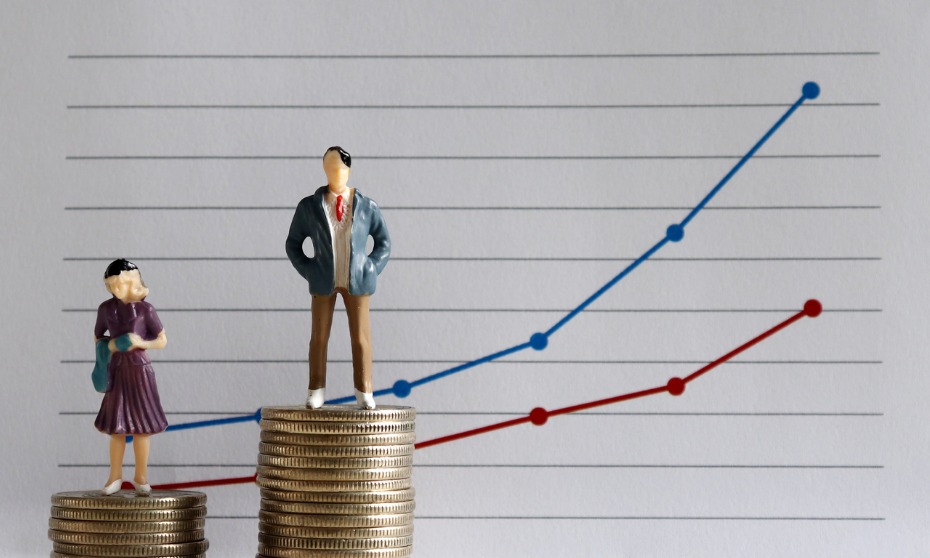
Understanding the drivers of the pay gap is critical to designing interventions to close it

Gender discrimination continues to be the single largest factor contributing to the gender pay gap - and disturbingly, it’s on the increase.
The KPMG Australia report, She’s Price(d)less: The Economics of the Gender Pay Gap, which was prepared for Diversity Council Australia (DCA) and the Workplace Gender Equality Agency (WGEA), uses statistical analysis to determine the factors that underpin the gender pay gap, and to what extent they contribute.
The research shows that deeply entrenched gender stereotypes about the roles men and women play in paid work and caring continue to be the driving force behind the gender pay gap. The report found that:
Moreover, understanding the drivers of the gender pay gap is critical to designing interventions to close the gap.
This analysis shows that closing the primary drivers of the gender pay gap is equivalent to $445 million per week, or about $23 billion per year.
These findings are in line with the 2018 KPMG report, Ending workforce discrimination against women, which found that halving the gender pay gap in Australia and reducing entrenched discrimination against women in the workforce could increase annual GDP by $60 billion by 2038. Taking focused steps to increase female participation rates could deliver a $140 billion lift in living standards by 2038.
Evidence reflected in this report identifies the key drivers of Australia’s gender pay gap – gender discrimination, occupational segregation and years not working due to interruptions – such as child care and caring for elderly family members, according to Alison Kitchen, Chairman, KPMG Australia.
Lisa Annese, CEO, Diversity Council Australia, added that these findings provide crucial knowledge that can help government and business take action and build on the progress that has been made.
Solving the challenge of Australia’s gender pay gap is not only fair and sensible, it’s an economically responsible endeavor.
“Despite the excellent work that many DCA members are undertaking to close the gap in their own organisations, structural inequalities and rigid gender-norms continue to diminish our capacity to provide pay equality across the economy.
“We need to challenge ideas that the vast majority of caring responsibilities and housework should fall to women.”
READ MORE: Employers urged to make gender diversity a priority
Libby Lyons, Director of the Workplace Gender Equality Agency, said that there are many actions employers can take to achieve pay equity.
“But we cannot rely solely on the actions of employers if we are going to close the gender pay gap,” she added.
“We must also change the outlook, the hearts and minds of all Australians. We must challenge ourselves in order to change the very ingrained gender stereotypes that underpin the gender pay gap.”
The following are some solutions workplaces can implement to address gender discrimination: